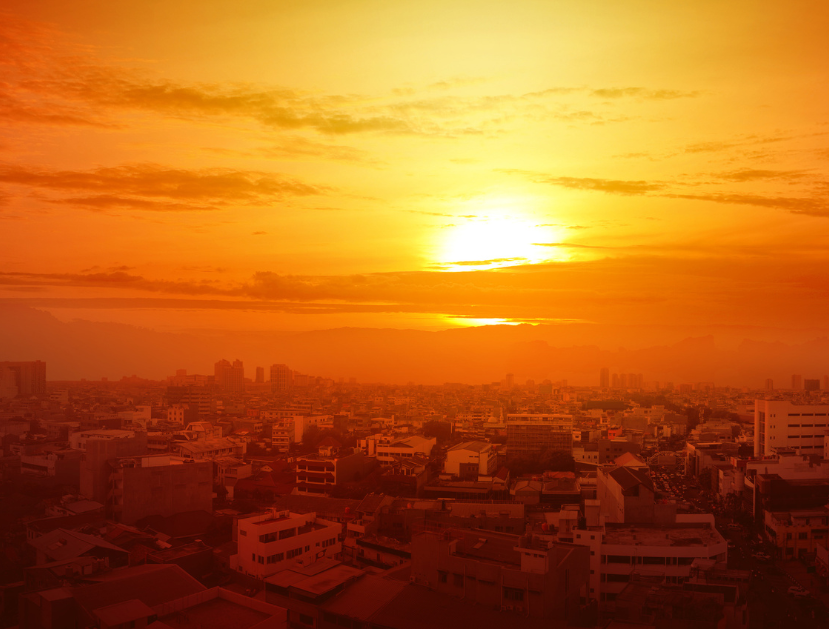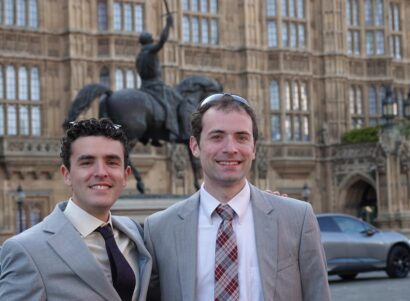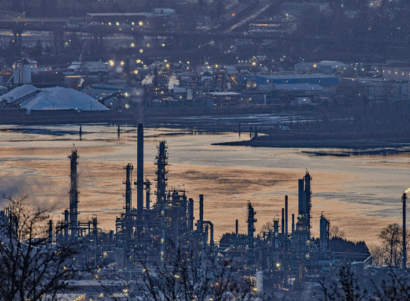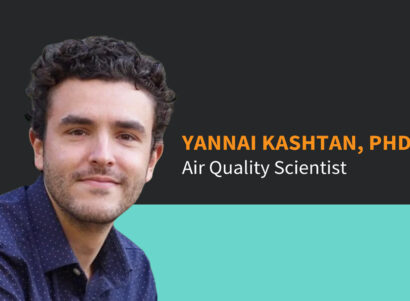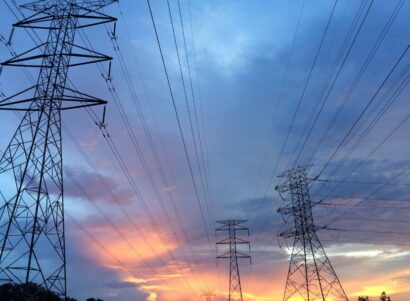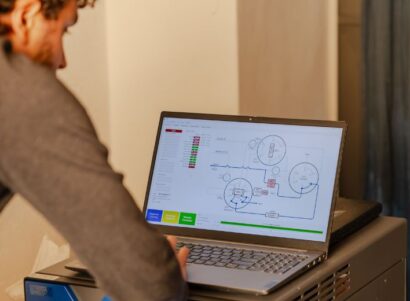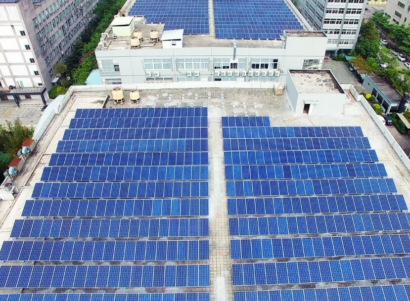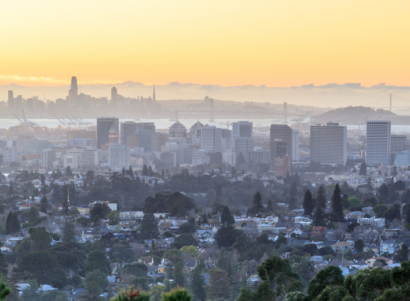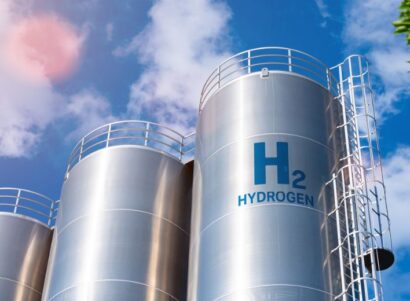For Urban and Vulnerable Communities, Extreme Heat Poses An Immediate Health Risk
Dangerously high heat is impacting millions around the globe this summer—a direct result of climate change increasing the frequency, severity, and duration of heat waves. This past week, the UK experienced the highest temperature in its recorded history. Meanwhile, 100 million people across the United States were under various heat warnings. Phoenix hit 104 °F while parts of Texas and Oklahoma hit 115 °F. With new heat records being set every year, these events aren’t just one-offs. In Los Angeles, for example, a recent study found that the likelihood of a four-day heat wave (defined as sustained temperatures above 31 °C (88 °F)) has risen 21 percent due to human-caused greenhouse gas emissions.
These rising temperatures increase health risks everywhere, but regions that have historically experienced less severe temperatures may be less prepared to face rising temperatures. These areas generally (1) lack widespread adoption of air conditioning (AC), (2) electrical circuits in homes and other buildings may not be sized to support AC loads, and (3) the regional infrastructure to deliver electricity to homes may not be sized for the widespread use of energy-intensive AC. In all regions, the lack of access to cooling may be particularly risky for low-income, renter, or retiree households with insufficient funds to install and operate AC; for vulnerable populations such as the elderly or those with underlying health conditions; and for those living in heat islands—urban areas where temperatures are higher than surrounding rural and suburban areas. Due to historic inequities such as redlining, many of these populations may be the same, with low-income populations and populations of color more likely to reside in urban heat islands.
Access to AC and related infrastructure is disproportionately enjoyed by the wealthy, both within the U.S. and abroad. A recent article from the Economist indicates that global energy for AC use will triple by 2050, with significant environmental impact (CO2 and hydrofluorocarbon emissions) and infrastructure demand. Research from the University of California, Berkeley shows that AC adoption correlates with warmer climates, adoption is also higher for wealthier countries, and higher for wealthier households within countries. As wealth and temperatures increase, the research predicts growth in AC penetration shown in the graph below.
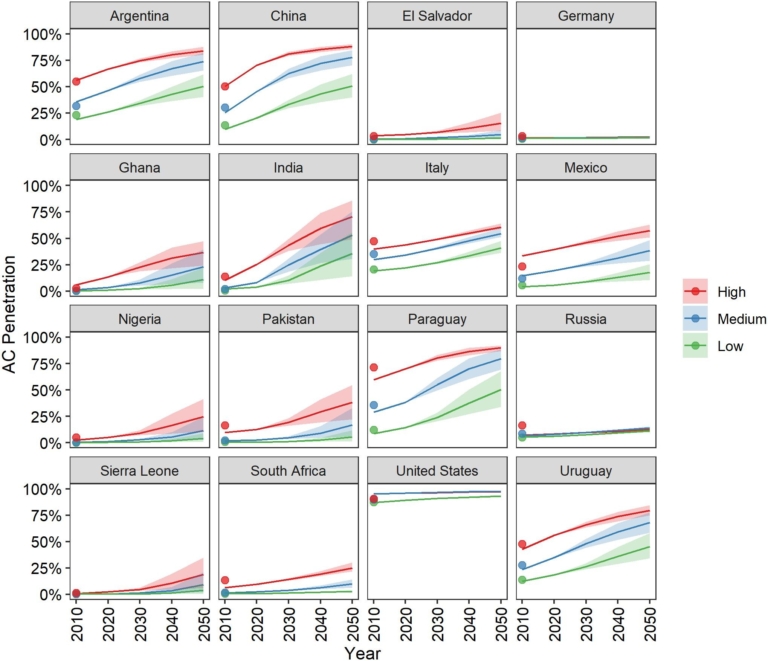
Source: Davis, L. (2021). Air conditioning and global inequality, Global Environmental Change.
Power Outages Compound Public Health Risks
As the summer of 2022 kicked off, utilities across the United States warned customers of predicted power shortages due to high temperatures and surging demand from energy-hungry air conditioners. Some of these predictions have already come true. The high temperatures are exacerbated by equipment and fuel shortages from ongoing supply chain issues, which make it more difficult for utilities to ramp up energy generation. In California, rising concerns over reliability are leading regulators to consider measures that would keep the Diablo Canyon nuclear power plant operating, despite five years of preparation to shut the plant by 2025. The heat that is threatening to overwhelm utilities is also a killer: extreme heat is one of the most immediately deadly aspects of global warming, and deaths from extreme heat have been shown to be six times higher than official counts.
For vulnerable populations living in hot urban areas, the risk of power outages compounds already elevated levels of risk. A recent study showed that disadvantaged communities associated with historical redlining experience temperatures 7°C (16.6°F) warmer than wealthier communities nearby. NASA satellite imagery of Atlanta, Georgia, shows the temperature impacts of heat islands: downtown areas that are mostly asphalt and concrete and lack tree cover, parks, or green roofs are more than 10°C (18°F) warmer than rural and tree-lined suburban neighborhoods.

Source: NASA images by Marit Jentoft-Nilsen, based on Landsat-7 data.
The U.S. Energy Information Agency’s Residential Energy Consumption Survey (RECS) shows that 32 percent of homes do not have AC. These households are twice as likely to have an income of less than $20,000 per year. What’s more, almost seven percent of households face energy insecurity that prevents them from running the AC. RECS also shows that renters are twice as likely to not have AC as compared to homeowners.
As disadvantaged neighborhoods in urban heat islands face some of the greatest impacts from global warming, they more frequently lack essential infrastructure needed to adapt. For example, grid infrastructure in California’s disadvantaged communities has been shown to be weaker and less ready to support transition from fossil fuels to electric appliances and enable the adoption of household- or community-scale solar energy; weak infrastructure in these communities will also hinder AC adoption and use.
Emerging Policy Solutions for City and State Governments
Over the last decade, the idea of community resilience hubs has gained traction as a way to better protect communities from the impacts of climate change. In California, for example, the 2021-2022 state budget allocated $100M to build out a new programing for neighborhood-based shelters that can provide cooling and other climate-resilience needs to the community. In Minneapolis, Xcel Energy is now investing $9 million to test out the concept of resilience hubs.
One core challenge, however, is determining exactly where and how much infrastructure investment will be required to meet future cooling needs, both for a “new normal” of higher average temperatures and for worsening extreme heat events. Effective policies must also determine how to focus these investments on areas and communities with the highest risk and vulnerability.
PSE’s ongoing research on community resilience hubs, funded by the California Strategic Growth Council, seeks to help city and state leaders address these challenges. The project includes a statewide assessment of potential community resilience hubs. We are also identifying the design parameters needed to meet critical electric loads in the event of disaster-induced electricity outages. Our state-wide analysis of demographic and vulnerability metrics will provide insight on site deployment scenarios and priorities. Critically, community partners Asian Pacific Environmental Network (APEN) and Communities for a Better Environment (CBE), working closely with environmental justice communities, are identifying specific sites, developing community engagement strategies, and incorporating community-specific needs and priorities into their project designs.
Community resilience hubs, while important, are an interim solution. As the world warms, individual households must gain access to the infrastructure needed for resilience. Future research by PSE will analyze how distributed energy resources, like rooftop solar and batteries, can help meet the high energy demands that come along with AC. With access to resilience-sized clean energy, communities can keep the power on during grid outages, lower their energy costs, and avoid costly upgrades to the utility grid.
The Benefits of Aligning Climate Action with Energy Equity
PSE’s research has shown that when policies to lower greenhouse gas emissions fail to account for equity, they may result in prolonged exposure to health-harming pollutants and even increase energy costs for communities that are already disproportionately impacted by the current fossil fuel system. At the same time, communities with high pollution, a large fraction of low-income households, or high energy cost burdens may see some of the greatest benefits from clean energy adoption—but only if they can afford to participate.
Disadvantaged populations face a double burden when trying to mitigate climate risk for their households: upfront costs and energy burden. PSE’s work shows that low-income families, renters, and the elderly tend to use less energy than wealthier households, but endure significantly higher energy cost burdens—meaning they spend larger fractions of their income on utility bills. While the up-front cost of an AC may be prohibitive, the ongoing cost of powering it further exacerbates the ongoing energy burden. Households may face difficult trade-offs between paying high electricity bills or facing the deadly consequences of extreme heat.
Home weatherization and efficient AC technologies, such as air source heat pumps, can help make cooling more affordable. Reaching all at-risk populations will likely require a mix of incentives. Up-front rebates and financing should be used to ensure access to AC and incentivize energy efficient technologies, which are more environmentally friendly and cost effective in the long run. But even the most energy efficient AC will increase household energy use compared to not having an AC. This makes energy bill assistance an important tool to ensure that families don’t have to choose between electricity for AC and food or rent .
Policies focused on climate change mitigation and adaptation must support both a transition to clean, renewable energy sources, and equitable access to the health and economic benefits of energy efficiency, distributed energy resources, and deep decarbonization. A direct impact of climate change is an increasing demand for cooling energy, and it is critical to ensure that increased energy needs for this service are met with low-carbon solutions. We must further ensure that life-saving and sustaining energy services are provided equitably, which means extending access to clean, cool air to all.
